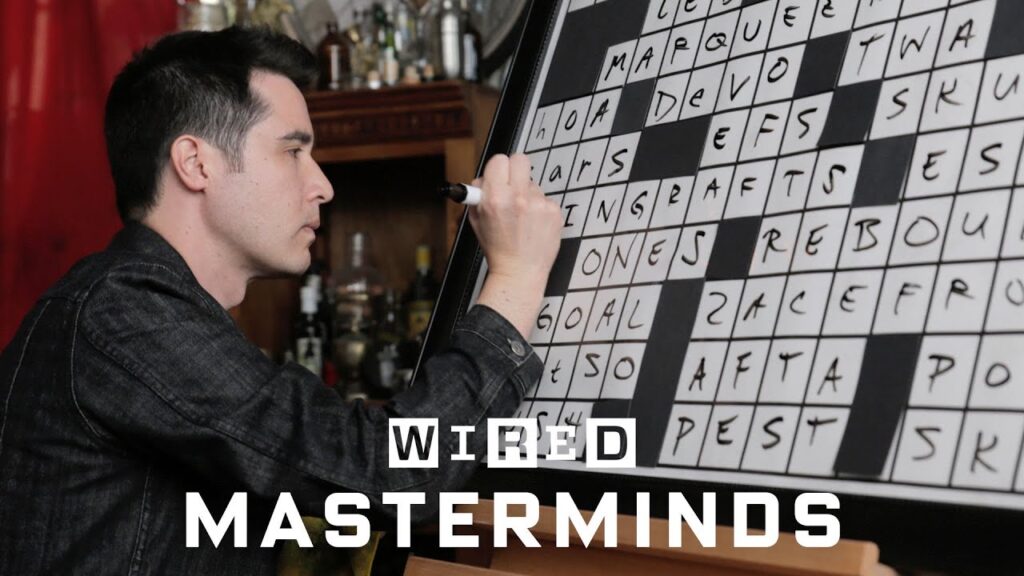Neil Gaiman Explains the Enchantment of Mythology: A Q&A
Summary
Neil Gaiman, the acclaimed author, shed light on mythology and its different aspects in a Q&A session with his Twitter followers. He answered various questions about mythological gods and heroes, discussing their similarities across distinct cultures. He explained the differences between various myths and discussed the terrifying nature of Germanic folklore. He also talked about the most popular gods in Norse mythology and the lovable character of Death in Sandman. Lastly, he explored certain myths such as Icarus, the flood myths, and Pandora’s “jar.”
Table of Contents
- The Enchantment of Mythology: Gaiman discusses the beauty of mythology and its impact on storytelling.
- The Similarities in Mythological Figures: Gaiman explains how sharing of myths between cultures led to similarities in gods and heroes.
- Exploring the Minotaur and Anubis Myth: Gaiman talks about the myth of riding a minotaur and the reason behind Anubis having a dog head.
- Ragnarok and Germanic Folklore: Gaiman discusses Ragnarok as the last great battle and why Germanic folklore is so terrifying.
- Norse Mythology and its Gods: Gaiman talks about the most well-known gods in Norse mythology.
- Death in Sandman: Gaiman explains why Death in Sandman is adorable.
- Myths Across Cultures: Gaiman talks about the origin of flood myths from different cultures.
- Icarus and Pandora’s Box: Gaiman explores the story of Icarus and the truth about Pandora’s “box” myth.
Introduction
Mythology has always remained an intriguing subject throughout human history. It helped shape cultures, nurture beliefs, and even paved the way for modern storytelling. Neil Gaiman, the celebrated author of “American Gods” and “The Sandman” series, sat down for a Q&A session with some of his Twitter followers, discussing the enchantment of mythology, and answering their queries on different aspects of mythological stories, gods, and heroes.
Q&A
The Enchantment of Mythology
According to Gaiman, mythology provides us with a way to make sense of the seemingly senseless world as it allows us to connect with old stories, beliefs, and narratives that have helped develop our current society. Mythology includes many stories that have lasted so long, and there is a reason for that. Gaiman suggests that one of the reasons is that they are so powerful and human. Myths can encapsulate human conditions, illuminate the darkest parts of human behavior, and reveal the best parts of human nature. The reason they remain magical to us is that they have continuously been reshaped, reimagined, and rewoven throughout time.
The Similarities in Mythological Figures
Gaiman explains that sharing myths between cultures led to many similarities in gods and heroes. Different cultures and societies told stories of their gods and heroes who shared many of the same qualities, such as strength, heroism, and divine powers. Gaiman adds that people traveled more than we think, and when this happened, their stories and beliefs would travel with them. In this way, myths came into contact with each other, and some characters from one culture would become part of another’s mythology as well.
Exploring the Minotaur and Anubis Myth
When asked about the uniqueness of the minotaur myth, Gaiman explained that the myth is an example of how myths are formed. Simply put, Gaiman says that the Greeks took the idea of a monster that lived in a labyrinth from other cultures and turned it into the Minotaur. On the question of why Anubis had a dog’s head, Gaiman said that animals were often associated with gods in Ancient Egypt, and Anubis’ head may have been inspired by the jackals that prowled the tombs.
Ragnarok and Germanic Folklore
Gaiman explained that Ragnarok was the last great battle in Norse mythology, a violent event resulting in war and destruction. He further explained that Germanic folklore tends to focus more on the terrifying nature of supernatural beings rather than their beauty, often using horrific details to create stories that instill fear into the audience.
Norse Mythology and its Gods
When asked about the most well-known gods in Norse mythology, Gaiman revealed that many people were surprised to learn that the most famous god from Norse mythology was not Thor, Odin, or Loki but rather, Fenrir, a giant wolf who was prophesied to kill Odin in the last days of the world.
Death in Sandman
When asked about the character of Death in the Sandman series, Gaiman explained that Death did things that death never did in real life. In Sandman, Death was depicted as a cute girl who wore a choker, was the sister of Dream, and embodied a lovable character rather than a threatening one.
Myths Across Cultures
Gaiman explored different flood myths from around the world, showing how various cultures shared the myth of the great flood. According to Gaiman, floods are one of the few natural disasters that most people would have experienced so, in many cultures, myths surrounding great floods would have developed.
Icarus and Pandora’s Box
Contrary to popular belief, Pandora’s “box” was actually a jar, Gaiman cleared up the confusion. He also explained that the story of Icarus is an important reminder that even a parent’s warning is not enough to stop someone intent on achieving something. Icarus flew too close to the sun, melting his wings and ultimately leading to his death.
Conclusion
Neil Gaiman’s insight into mythology and its various stories shed light on the many aspects of mythological beliefs, gods, heroes, and monsters. He also explained how myths were formulated, shared and sometimes altered, as well as their continued relevance to modern literature and storytelling. Overall, mythology remains a fascinating topic that inspires readers and writers alike to craft stories connected with humanity’s oldest stories.







